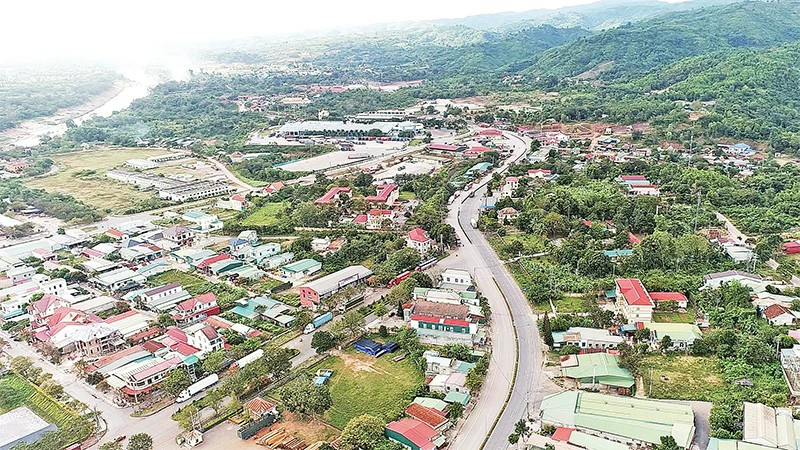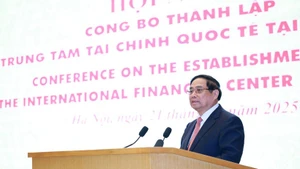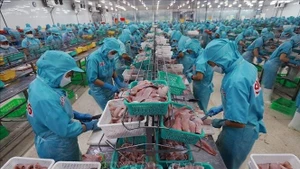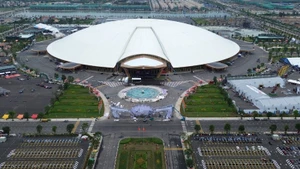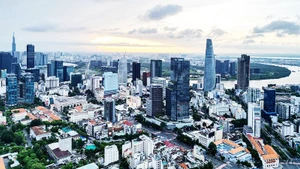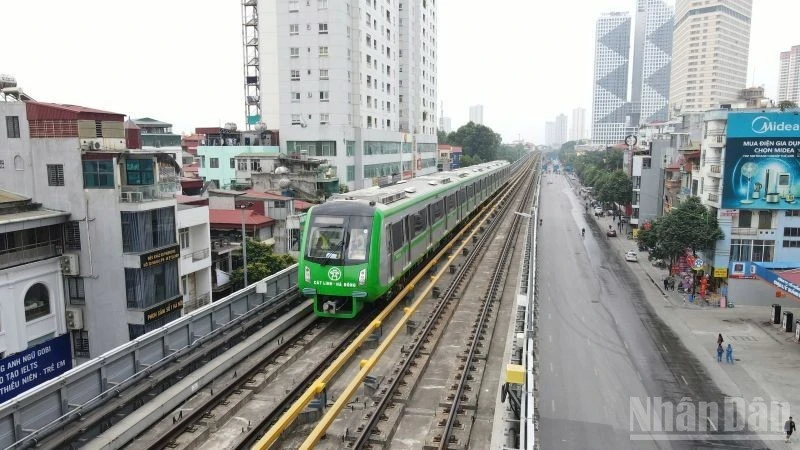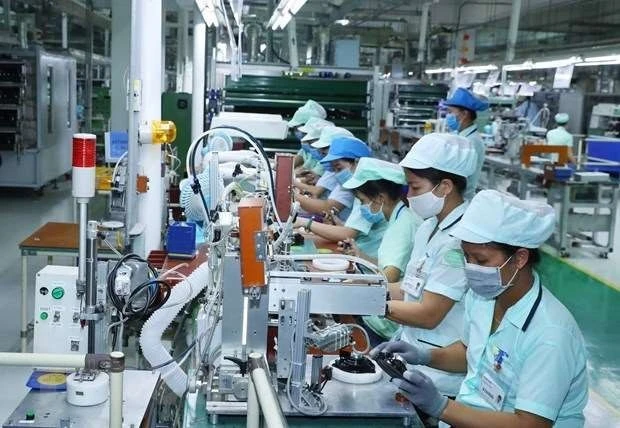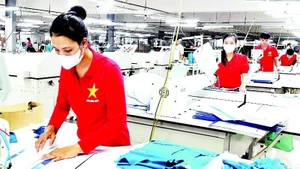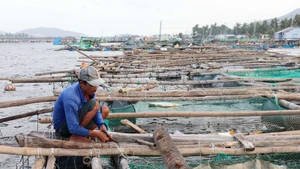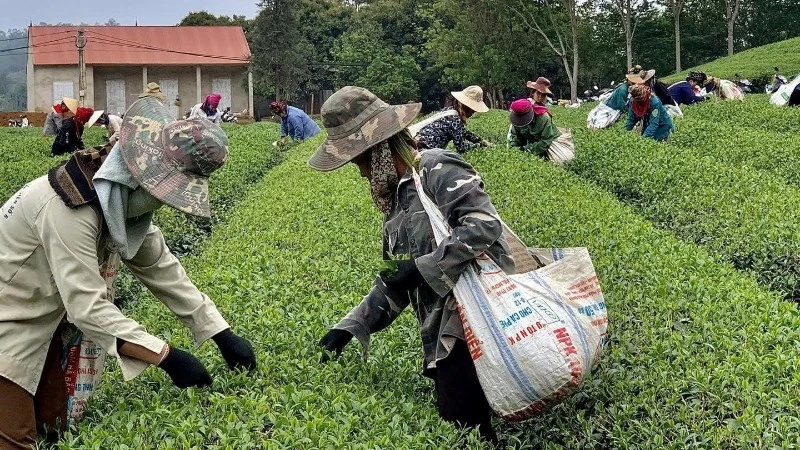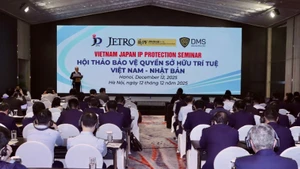Developing cross-border economic zone
Quang Tri is uniquely positioned with direct connectivity from its coastline and islands to the land border, creating distinctive opportunities along East–West axes. One key route, approximately 130 kilometres long, extends from Con Co Island to the Lao Bao International Border Gate. This route is central to plans to pilot a cross-border economic and trade zone between Vietnam’s Lao Bao and Laos’ Densavan.
The proposal, jointly prepared by Quang Tri and Savannakhet province, has been submitted to the two governments for approval. The initiative was formally included in the 2023 bilateral cooperation plan between Vietnam and Laos, signed by their respective Prime Ministers.
The cross-border economic zone is expected to enhance trade, foster regional links, and drive investment on both sides of the border.
To harness the full potential of east–west connectivity, Quang Tri has focused on infrastructure development, particularly in transport. In addition to the Lao Bao corridor, the second corridor stretches nearly 90 kilometres from the planned My Thuy deep-water port to the La Lay International Border Gate, linking Quang Tri with Laos’ southern provinces and Thailand’s Ubon Ratchathani.
A third corridor is in development — the Dong Ha–Lao Bao expressway, expected to span nearly 60 kilometres. This will be the first east–west expressway in central Vietnam and is designed to complement the other two routes, creating a comprehensive transport network.
These corridors provide direct access for goods such as coal, agricultural and forestry products, and consumer goods from Laos and Thailand, while boosting Quang Tri’s competitive advantages in renewable energy, coastal industry, logistics, and tourism.
Unlocking power of three corridors
Trade through the Lao Bao and La Lay international border gates has surged. In early 2025 alone, customs officials processed more than 3,100 import–export declarations worth over 186 million USD and handled over 4,700 transit declarations totalling 1.4 billion USD. Nearly 600 million tonnes of goods moved through these gates, contributing nearly 200 billion VND to the state budget.
This growth underscores Quang Tri’s rising status as a hub for border trade, fuelling investor interest in logistics, warehousing, and export-import activities along the corridor.
To further enhance connectivity, Quang Tri has proposed several large-scale infrastructure projects. During General Secretary To Lam’s visit to the province in October 2024, provincial leaders requested permission to use 3,100 billion VND from the 2024 central budget surplus to upgrade National Highway 15D.
In parallel, Nam Tien Co. Ltd. is investing 1,500 billion VND to build a coal conveyor system from Laos to Vietnam via the La Lay border, with plans to transport the coal through Highway 15D to My Thuy Port.
The proposed Cam Lo–Lao Bao expressway project, estimated at 9,479 billion VND, is expected to follow a public–private partnership (PPP) model, with 68% of the capital from public funds and the remainder from private investors. Ministries have largely identified funding sources, signalling the project’s feasibility.
Quang Tri’s strategic position along National Highway 9, Highway 15D, and the planned Cam Lo–Lao Bao expressway enables direct links to Laos, Thailand, and Myanmar. The province serves as a vital connection point within the Greater Mekong Subregion. The corridors offer shorter, more cost-efficient routes to seaports, giving Quang Tri a significant competitive edge.
“The combination of marine and border economies gives Quang Tri enormous future potential,” said Nguyen Dang Quang, Standing Deputy Secretary of the Provincial Party Committee. “We’ve engaged economic experts to help design suitable development models and investment strategies.”
Alongside the east–west corridors, Quang Tri also benefits from multiple north–south transport routes, including National Highway 1, the North–South Expressway, the Ho Chi Minh Highway, railway, and coastal shipping, further cementing its central role in national and regional transport networks.
